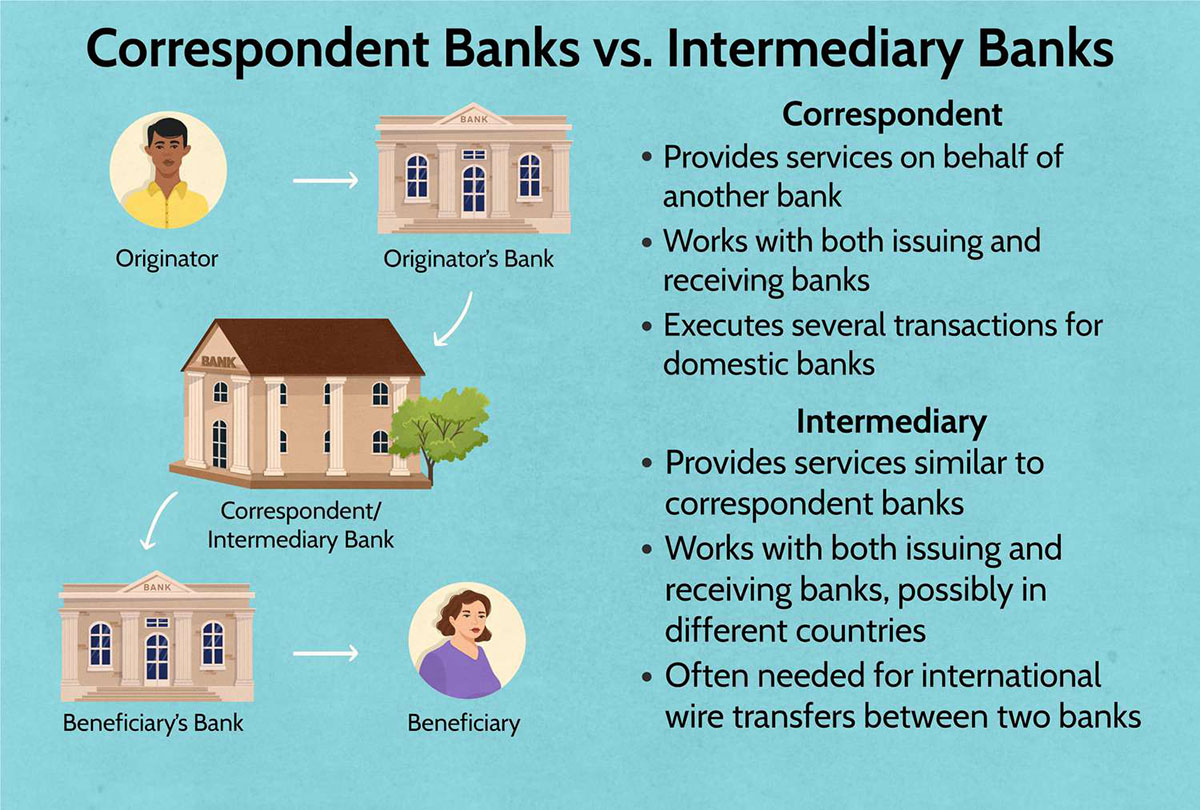

Finance
Non-Hydraulic Fracturing Definition
Published: December 31, 2023
Learn the definition of non-hydraulic fracturing in the finance sector. Explore its applications, benefits, and impact on the industry.
(Many of the links in this article redirect to a specific reviewed product. Your purchase of these products through affiliate links helps to generate commission for LiveWell, at no extra cost. Learn more)
Understanding Non-Hydraulic Fracturing: A Sustainable Option for Finance?
Welcome to our finance blog, where we explore a wide range of topics related to money, investment, and sustainability. Today, we’re diving into the world of non-hydraulic fracturing, a lesser-known but highly sustainable option for the finance industry and beyond. In this article, we will define non-hydraulic fracturing, explore its advantages, and showcase its potential impact on the financial sector.
Key Takeaways:
- Non-hydraulic fracturing is an environmentally friendly alternative to hydraulic fracturing.
- It utilizes techniques such as foam fracturing and gas fracturing to extract natural resources without the use of water.
What is Non-Hydraulic Fracturing?
Non-hydraulic fracturing, also known as alternative fracturing or waterless fracturing, is a sustainable technique used to extract natural resources from the earth. Unlike traditional hydraulic fracturing, which relies on large amounts of water, non-hydraulic fracturing employs innovative methods that minimize water consumption.
There are multiple techniques used in non-hydraulic fracturing, including foam fracturing and gas fracturing. Foam fracturing involves injecting a foaming agent into the wellbore, which foams up and displaces the need for excessive water. On the other hand, gas fracturing employs the use of compressed gases, such as nitrogen or carbon dioxide, to create fractures in the rock formation and extract the resources.
- 1. Sustainability: Non-hydraulic fracturing reduces water usage and potential contamination, offering a more sustainable energy extraction method.
- 2. Reduced Environmental Impact: By minimizing water usage and potential contamination, non-hydraulic fracturing avoids some of the negative environmental impacts associated with traditional hydraulic fracturing.
The Potential Impact on the Financial Sector
Non-hydraulic fracturing presents significant opportunities and challenges within the financial sector. Here’s a closer look at its potential impact:
Economic Potential:
Non-hydraulic fracturing offers the potential to unlock previously untapped natural resources and drive economic growth. As it gains traction and becomes more widely adopted, the financial sector can expect increased investment opportunities in companies specializing in non-hydraulic fracturing technology, equipment, and services.
Sustainability Investments:
Non-hydraulic fracturing aligns with the growing focus on sustainability and environmental responsibility. As more investors seek sustainable investment options, companies involved in non-hydraulic fracturing may attract greater interest and capital allocation.
Although non-hydraulic fracturing offers environmental benefits, it is important to note that regulatory frameworks need to be in place to ensure operational and environmental safety. Governments and regulatory bodies must work together to establish guidelines and best practices to govern the use of non-hydraulic fracturing techniques, ensuring the responsible extraction of natural resources.
It is evident that non-hydraulic fracturing provides a sustainable option for the finance industry and beyond. As this technology continues to evolve and gain recognition, it has the potential to reshape the financial sector’s investment landscape and contribute to a more sustainable future.














